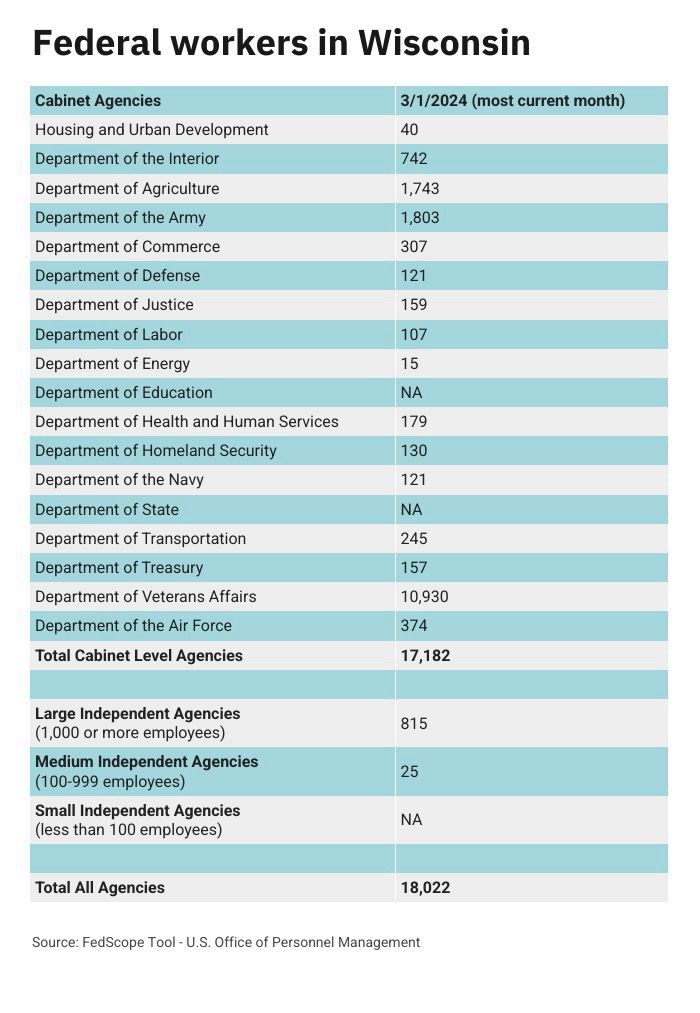Navy leaders look to expand munitions options as supplies run low
Read More »Tag: delays
How Musk Sold Out America’s Veterans – OpEd
How Musk Sold Out America’s Veterans – OpEd
Former service members around the country already feel the repercussions, which include cuts to transportation programs for disabled veterans, reduced telephone support for caregivers, and the postponement or cancellation of suicide prevention trainings.
Other veterans report the cancellation of therapy groups and longer wait times for appointments as well as disruptions to medical studies, including a clinical trial on a new medication with the potential to treat cancers of the mouth and throat. Some facilities eliminated staff members especially trained or certified to perform certain roles, delaying the requisition and delivery of medical supplies.
As always happens amid Musk’s ham-handed raids, the cuts at the VA commenced without the slightest foresight or sense. Among many other examples, officials summarily canceled hundreds of contracts with outside providers, only to immediately scale back the reckless decision after realizing they needed the help performing essential work like physician recruitment and burial services.
Kaldahl, who receives hearing aids, eye care, and other services from the VA, has to travel to larger cities, such as Superior, Wisconsin, or Minneapolis, to receive care unavailable at a clinic near his home.
Social Security faces historic payment delays under DOGE 🖕


Social Security confronts its first delivery crisis in eight decades as government streamlining threatens system stability
Previously:
Musk Undercuts Trump’s Promise Not to Cut Social Security
Trump’s Medicaid reversal should worry Social Security recipients.
Wisconsin has 18K federal workers. Buyouts or layoffs could affect services.
Foxconn acquires 20 acres in Mount Pleasant, but plans for that land are unclear
CSIS Simulation Highlights Urgent Need to Strengthen U.S. Defense Industrial Base
A recent simulation conducted by the Center for Strategic and International Studies (CSIS) paints a stark picture of the U.S. defense industrial base, revealing critical vulnerabilities in its ability to support military operations in the event of a large-scale conflict. The findings underscore the urgent need for public-private partnerships, increased investment in manufacturing capacity, and reduced reliance on foreign components.
CSIS Simulation Highlights Urgent Need to Strengthen U.S. Defense Industrial Base
Good luck with that! The U.S. “defense industrial base” is beholden to profits!
Related:
Mike Gallagher says that the Pentagon Has Two Years to Prevent World War III
The Pentagon is running out of missiles. After December 1, that will be a big problem.
The Navy only ‘thinks’ it has a schedule for new submarine delivery
The Navy only ‘thinks’ it has a schedule for new submarine delivery
The first Columbia class submarine is due for delivery to the Navy in 2027. It plans to spend more than a hundred billion dollars for a dozen of them. Delays in this scale of program are inevitable. In fact, sub number one is already late. Yet the Navy, auditors say, lacks a statistical schedule risk analysis to go along with the program. And that means it may not have enough insight into the whole program. To share details, the Director of Contracting and National Security Acquisitions at the Government Accountability Office, Shelby Oakley, joined the Federal Drive with Tom Temin.
Problems with a German railroad contract slowed US munitions to Ukraine, IG says
U.S. shipments of ammunition to Ukraine were delayed for at least two months last year because of problems with a U.S. military contract with Germany’s Deutsche Bahn railways, according to a Defense Department Inspector General report.
Problems with a German railroad contract slowed US munitions to Ukraine, IG says
Ukraine: Imposing the plan
After briefly presenting his Victory Plan at the seat of Ukraine’s national sovereignty, the Verkhovna Rada, Volodymyr Zelensky has continued his tour to try to win the support of the people and institutions that really matter – his foreign partners. In Brussels, the Ukrainian president sought to curry favour with one of his main suppliers, the current support of the Ukrainian state, the European Union, whose Parliament once again welcomed him as a hero. “The last time you were here,” wrote Roberta Metsola, “I promised you our unwavering support on your country’s path to EU membership. Today I am proud to welcome you to the House of European Democracy as the leader of a candidate country for EU membership.” “Ukraine is Europe,” she said, deliberately confusing the continent with the political bloc. However, with EU entry long understood as a decision that has been made and that it is simply a matter of time, Zelensky’s speech did not focus on the benefits of the Union or the enormous benefit that will be obtained by admitting Ukraine into the European family, but on the continuation of his campaign to formalize the Victory Plan as a possible way out of the war. Kiev is acting in the same way that in the last decade it has managed to institutionalize the nationalist discourse, previously only characteristic of a part of the country, as the only possible national discourse. Ukraine is working to achieve the same objective and to make its plan – in reality a wish list that its allies must help it to fulfill and not a roadmap to achieve them – appear as a path to a just peace.
Read More »
Don’t Buy Louis DeJoy’s “Second-Act” Spin
The Postmaster General is still wrecking the Post Office.
The past two weeks have been newsworthy, to say the least. You’d be forgiven if you missed a June 8th op-ed in The Washington Post entitled “We’re fixing the Postal Service. We can’t stop now,” written by none other than the embattled Postmaster General, Louis DeJoy.


You must be logged in to post a comment.